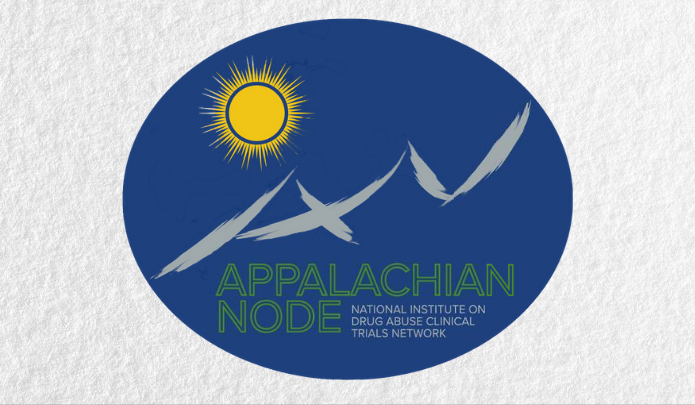News from the Appalachian Node

Members of the Appalachian Node co-authored a manuscript with other CTN members that was published in the journal of Addiction Science & Clinical Practice. The title of the paper is “Characterization of Peer Support Services for Substance Use Disorders in 11 US Emergency Departments in 2020: Findings from a NIDA Clinical Trials Network Site Selection Process.” Authors are Lindsey Jennings; Laura Lander; Tricia Lawdahl; Erin McClure; Angela Moreland; Jenna McCauley; Louise Haynes; Timothy Matheson; Richard Jones; Thomas Robey; Sarah Kawasaki; Phillip Moschella; Amer Raheemullah; Suzette Miller; Gina Gregovich; Deborah Waltman; Kathleen Brady; Kelly Barth.
This CTN collaboration looked at site surveys collected from 11 sites across the county with Emergency Department based Peer Support Services (PSS). There were important themes and similarities found among the 11 sites. First, at all but one site, PSSs remained available to patients in the ED, either in-person, virtually, or both, during the COVID-19 pandemic, suggesting their important integration as front-line health care workers, especially during the peak of the pandemic. PSSs were typically integrated into the medical care team, evidenced by a large majority of PSSs having access to the hospital EMR. These steps of integration of the PSS workflow into the medical team and medical record is an important step for efforts to advance PSS billing and reimbursement for services supported at the Federal level by the Medicaid 1115 Waiver. Secondly, PSSs at most ED sites initiated some contact with patients after ED discharge, suggesting that communication with patients outside of the ED visit is valued and may facilitate outpatient follow-up and ongoing treatment. There was wide variation as to how involved PSSs were with regard to buprenorphine initiation in the ED.
The study highlights the ability of the PSSs to connect and bridge patients through transitions of care and to help facilitate ED-initiated buprenorphine, naloxone distribution, and follow up care coordination. Another notable theme was the variation between sites in the areas of peer supervision, peer certification requirements, and funding sources for PSSs. Funding of these roles was a combination of grant and hospital based funding. Based on our findings, key recommendations include developing a more uniform PSS certification process with state-to-state reciprocity based on SAMHSA’s core competencies for PSSs, as well as standards for supervision, and further research on effective models of care using PSS.